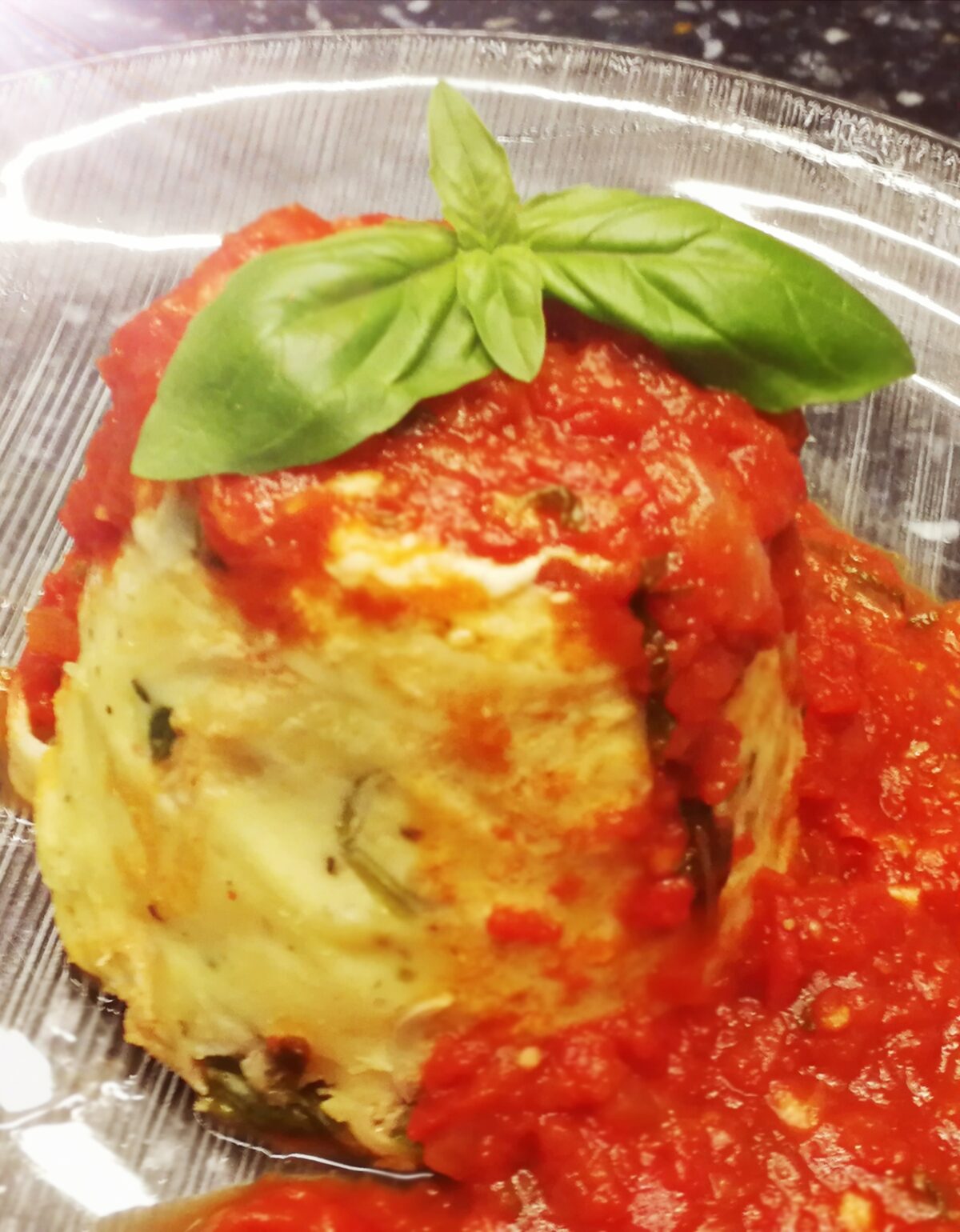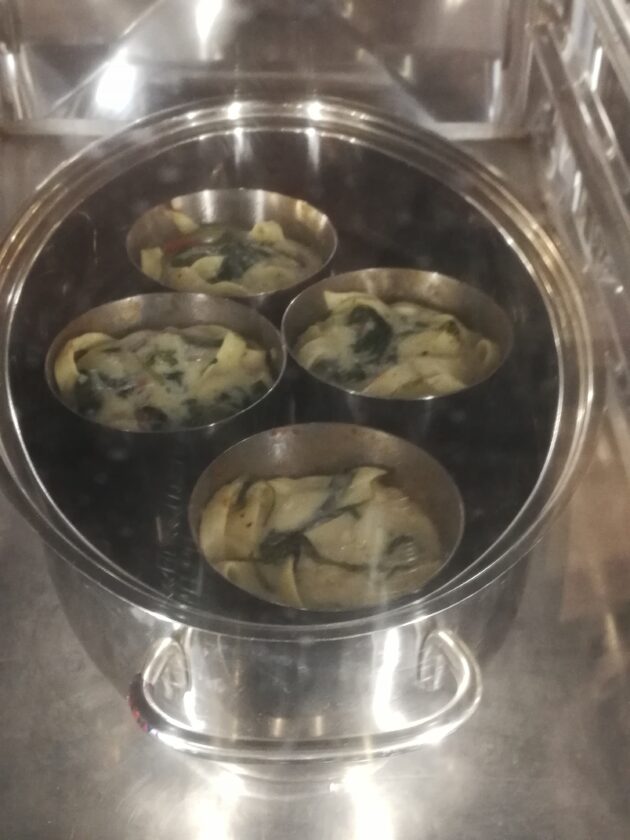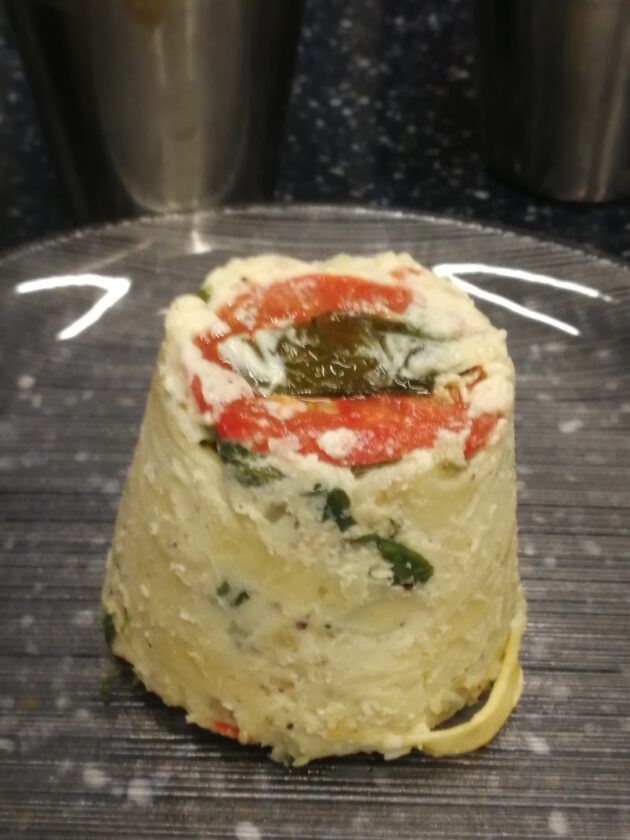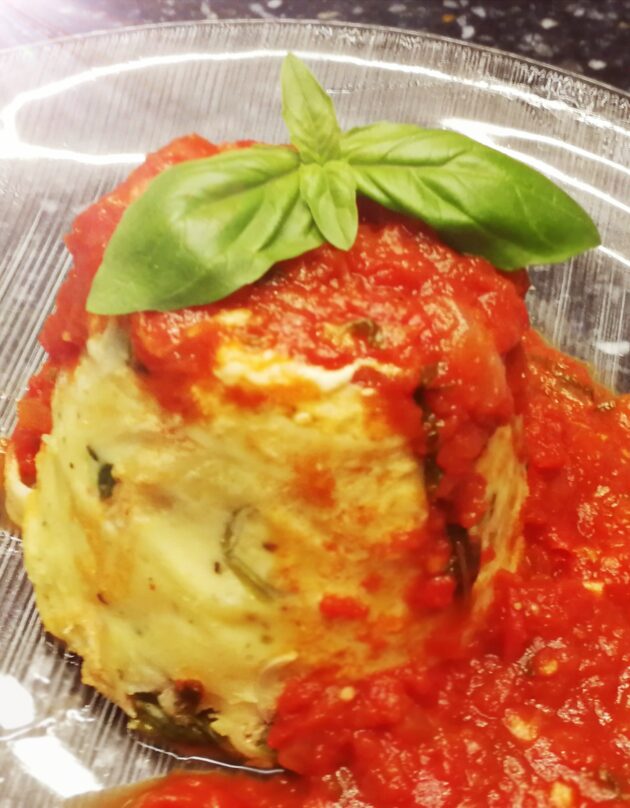Just back from the paprika and fishy flavour of the Maghreb, we are now off to the boot of Italy.
Timballo, a long-forgotten traditional dish, almost never seen on a restaurant menu anywhere ever, received positive exposure when appearing in a cameo role in the foodie movie Big Night released back in 1996. It was presented as the pinnacle of culinary artistry and managed to save the failing restaurant from imminent closure after an internationally acclaimed celeb was blown away by the unique style and flavours in the timballo offered up to him.
In the movie it appeared with an alternate name for the same dish “Timpano”, a regional dialectic variation. This exposure gave the timballo a new lease on life and, while many more cinema buffs now knew what it was, it still remained a poor cousin in the expansive culinary realm of Italian food.
Timballo is a little known Italian dish using either pasta, rice or potato depending on the region of Italy. The carbohydrate of choice is then combined with vegetables, protein, liquids, cheeses and eggs and baked in the oven. The timballo is a sort of casserole cum soufflé depending on what you are looking for or how you make it.
The timballo derives its name from the receptacle it is baked in which resembles loosely the shape of a drum. The timbales drum which often appears in the drum kits of reggae and ska bands was popular in the seventies and eighties before being kicked off the stage by digital sampling and computerised drum machines. I had heard a different origin for the name, that it is shaped like a large oversized thimble, and had held that illusion until I did a little reading for this post.
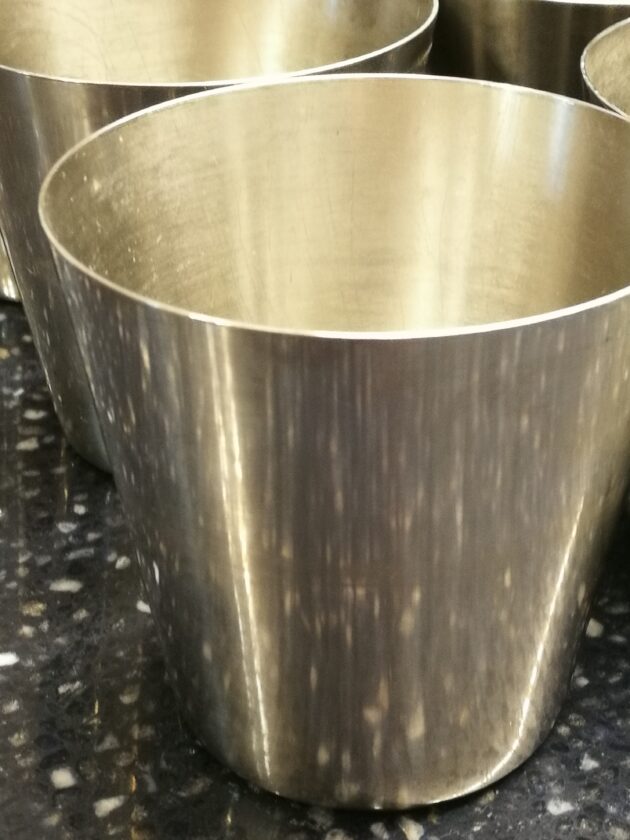
I first came across the timballo in a wonderful cookbook Foods of Italy, written by the world-renowned Italian Chef Giuliano Bugiallis. The Florentine chef offered up a porcini mushroom and tomato version of the timballo which was served as a ‘pasta soufflé’, baked in individual stainless timballos and upended on a dinner plate. If you can ever lay your hands on a copy of this book you will have struck gold.
The recipe I am going to share is one I made recently for the supper of a wonderful gentleman here in Jerusalem.
Timballo di Spinaci (makes 4 individual timballi)
Ingredients:
- Fresh spinach 400 gram
- Medium onion, peeled and diced finely
- Olive oil
- Garlic clove x 2, diced finely
- Parsley x small bunch, washed and chopped
- Three plump tomatoes, peeled
- Fettuccini, cooked, approx. 100 gram
- Grated Parmigiano x 50 gram
- Grated Emmental or Gouda x 50 gram
- Cream x 250 ml
- Butter x 1 tablespoon
- Eggs x 4
- Salt & pepper
- Dried majoram
- Nutmeg for grating
- Baking paper
- Aluminium foil
- Timballo x 4 or a larger receptacle if not doing individual portions .
Method:
Bring a pot of water to boil, add salt, wash spinach, then remove any thick stems from the spinach and blanch for 5 seconds in the water. Remove to ice water and then to a colander to drain. While in the colander squeeze out all excess water from the spinach, chop roughly then set aside.
Tomato can also be blanched in the same boiling water as the spinach. Make a small ‘X’ incision in the top of the tomato with a small sharp knife, put into the boiling water for 30 seconds or so, remove to same ice water and peel. Cut tomato into centimetre-thick slices, place on baking paper on a tray, drizzle a little olive oil, salt and pepper on top and place in a preheated 180 °C oven and bake for about 10 minutes. Remove and set aside.
In the same boiling water cook the fettuccini for the time given on the package, drain and place in ice water with a little olive oil, remove to colander to drain, set aside.
Heat a large frying pan, add two tablespoons of olive oil, when hot add onion, reduce heat and stir for a couple of minutes until the onion clarifies, add garlic, stir for a minute, add butter then spinach and parsley followed by a tablespoon of dried marjoram, a small amount of salt and pepper, grate a small amount of nutmeg and stir for a minute or two, remove from heat and set aside.
Break eggs into a large bowl, add a small amount of salt and pepper and whisk strongly for a minute or two, add cream and cheeses, add the spinach mixture from the fry pan and using a fork mix it well together, taste for salt and pepper, nutmeg and marjoram; if needed, add small quantities.
Cut out baking paper to fit the bottom of the timballo or the dish you are using, lightly spray or wipe the inside of the timbalo with canola oil. Place a slice of tomato into the bottom of the timballo, divide the fettucini into four equal portions for each timbalo then start building your timballo from the bottom up. Add a little pasta, then the mixture with the spinach, then another slice of tomato…, all the while ensuring that each timballo gets its fair share of liquids and solids from the mixture. Carry on until you are about (no less than) 1.5 cm from the top to allow the contents room to rise during cooking without spilling over. Once full, set aside in the fridge.
Take a deep oven pan or saucepan that can accommodate all the timballi, preheat the oven to 200 °C , place the timballi inside the deep oven pan and boil enough water to fill the pan up to 2/3 of the height of the timballi, ensuring no water slops into the receptacles. Cover the whole pan with aluminium foil and place the pan gently into the oven for about 20 minutes. After 20 minutes, remove aluminium foil and bake for a further five minutes. Using a toothpick or bamboo skewer check that the timballo is ready. If the stick comes out clean it is fine. Carefully remove from water and let cool for a couple of minutes. Holding the timballo with a towel, using a paring knife run it around the edge of the timballo, ensuring you get all the way to the bottom of the timballo, gently give it a shake and upend it carefully onto the plate.
The sauce I used here was a simple tomato sauce that can be found on page four of the archive of my column here on The BFD. Click on my name go to page four, ‘basta pasta + three different sauces’: both the ingredients and method are there. You can eat the timballo as is or spoon a nice amount of tomato sauce over it.
N.B. Timballo is Italian, in French Timbale.
Salute
If you enjoyed this recipe why not share it with your friends via social media or e-mail? If you want a copy of your own select the print option at the top of the page.

